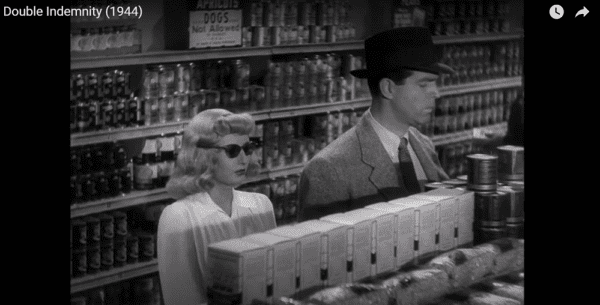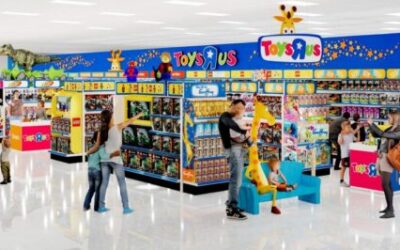Scenes from a Supermarket


Our regular Editor’s Perspectives column offer insights and opinions from the Retail TouchPoints editorial team as they dig into the latest trends in retail, marketing and tech.
As a proud classic movie buff, I thought I’d do a little reflecting on shopping scenes from memorable films made about 40 years apart. The more recent film is Terms of Endearment, the 1983 dramedy/weepie starring Shirley MacLaine and Debra Winger that won a slew of Oscars (including Best Picture and acting wins for MacLaine and Jack Nicholson).
There’s a scene I particularly like where Winger, a harried mother of two, is in the checkout line at the supermarket and finds she doesn’t have enough money to pay for all her groceries, and it’s a perfect example of how not to provide good customer service. The cashier, a young woman, loudly announces to everyone in earshot that Winger “doesn’t have enough money,” and tells her she’ll have to put some things in her basket back. She tries to pull back a piece of candy but after a sad-eyed look from one of her sons Winger re-adds it to her total, prompting the sarcastic cashier to tell her “we’re going in the wrong direction.”
In terms of the movie’s plot, the scene provides a meet-cute for Winger and John Lithgow, playing a married small-town banker who eventually starts an affair with Winger. He also gets to tell off the cashier:
Lithgow: You’re a very rude young woman. I know Douglas from the Rotary and I can’t believe he’d want you treating customers so badly.
Cashier: I don’t think I was treating her badly.
Lithgow: Then you must be from New York.
Thank goodness this was set in the days before self-checkout, which would have robbed Lithgow’s character of the chance to help a lady in distress.
The other movie is the 1944 noir classic Double Indemnity. Insurance salesman Fred MacMurray and unhappily married housewife Barbara Stanwyck plot to kill Stanwyck’s husband and collect a big insurance payout of $50,000 (remember, this is nearly 80 years ago, when $50,000 was a lot of money).
Stanwyck and MacMurray, concerned about being seen together as they plot their crimes, meet at a supermarket in a series of increasingly tense scenes. The supermarket’s “role” is as a public place where these two can have private conversations. It also provides the bizarre juxtaposition of people quietly filling their baskets with baby food and cans of beans while two people are heatedly arguing about murder and insurance fraud.
Again, we can be happy (for the sake of the plot) that this is well before the days of facial recognition technology, Just Walk Out-style computer vision and heat maps showing people’s movements within the store and their dwell times in front of certain products. It would be easy to misunderstand why Stanwyck and MacMurray are spending so much time in front of the breakfast cereal: “They must really be interested in this product!”
One more little point of interest: The movie was shot during wartime rationing of food, and according to Hollywood legend, the real products placed on the shelves by the set decorator kept finding their way into the hands of the crew, requiring the set to be guarded 24 hours a day to prevent “stockouts.” You can’t contrast the messiness of a murder with the clean, well-stocked shelves of a supermarket if there are gaping holes where key products ought to be.











